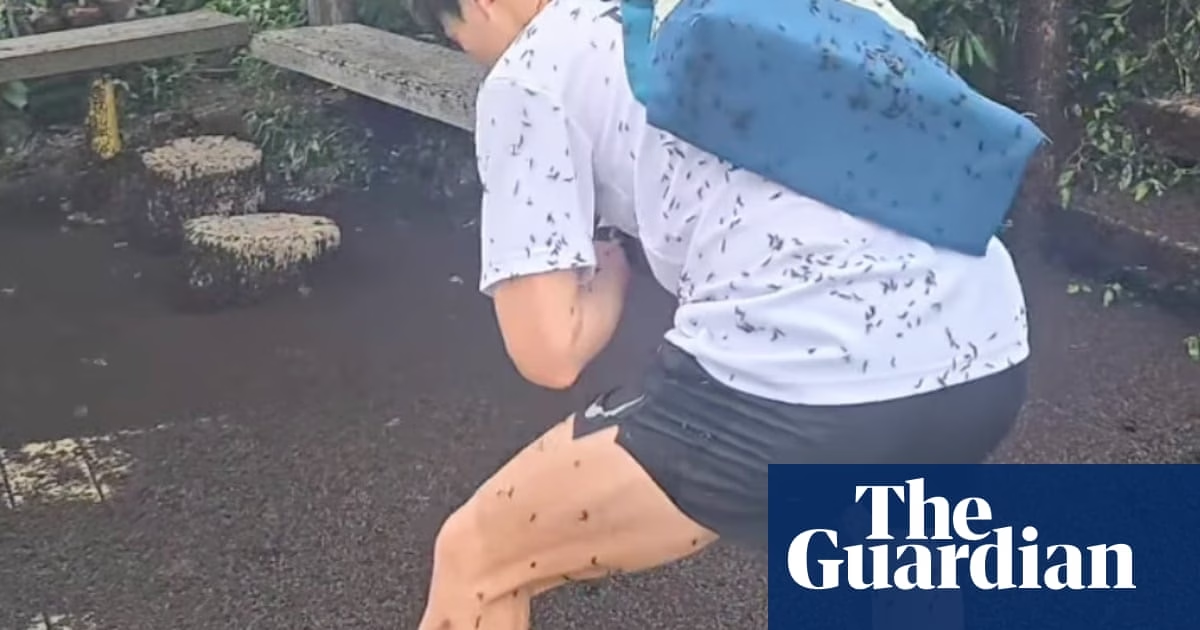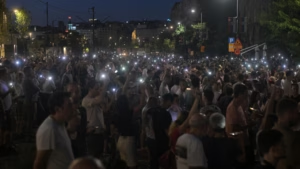Seoul residents are currently facing an invasion of so-called “lovebugs,” which have swarmed both outdoor hiking trails and urban areas across the South Korean capital. Experts are debating how to effectively handle these infestations as climate change drives the insects further north.
Viral footage shared online shows the Gyeyangsan mountain in Incheon, situated west of Seoul, with both hiking trails and observation decks covered in these black-colored insects. The insects, known as Plecia longiforceps, have gained their nickname due to their distinctive mating behavior of flying attached as couples during copulation.
These lovebugs originally come from the subtropical regions of southeastern China, Taiwan, and Japan’s Ryukyu Islands and were first scientifically identified in South Korea during a major outbreak in 2022. The mindset of the urban heat-island effect in Seoul is particularly conducive to the insects’ northward expansion into temperate zones, along with the climate crisis and urban development around mountain habitats leading to ideal conditions for this kind of spread.
Complaints to city authorities have more than doubled from 4,418 in 2023 to 9,296 last year. Incheon even received over 100 reports in a single day this year. The human response to the outbreak has ignited a heated debate on pest control methods.
Although the appearance of the lovebugs is often described as disgusting, they are actually beneficial insects. Seoul authorities caution against the use of chemical pesticides indiscriminately, as this could harm humans and other organisms. The flies help pollinate flowers, and their larvae aid in enriching soil by decomposing organic matter.
The lovebugs are harmless to humans, as they do not bite, transmit diseases, or feed as adults. Officials suggest alternative methods instead of chemical pesticides, such as water spraying to remove insects from surfaces, using light traps and sticky pads, and wearing darker clothes when out, as the insects are attracted to bright colors and light.
While frustration among the public has grown, with a Seoul Institute survey showing 86% of residents viewing lovebugs as pests regardless of ecological benefits, ranking them third in unpleasantness after cockroaches and bedbugs. There are ongoing research efforts to develop targeted fungal pesticides that minimize ecosystem damage, and natural predators like birds have also started to control populations by learning to eat the insects, leading to a decline in the previously affected areas.
Typically, the lovebugs disappear by mid-July as their short adult lifespan results in a rapid crash in population numbers after approximately two weeks of intense activity.
Source: https://www.theguardian.com/world/2025/jun/30/seoul-lovebug-invasion-insects-south-korea








